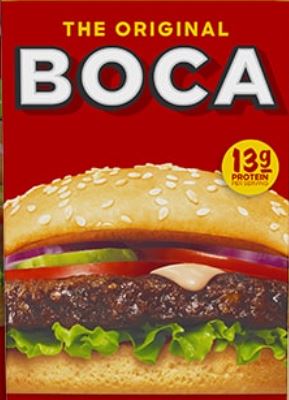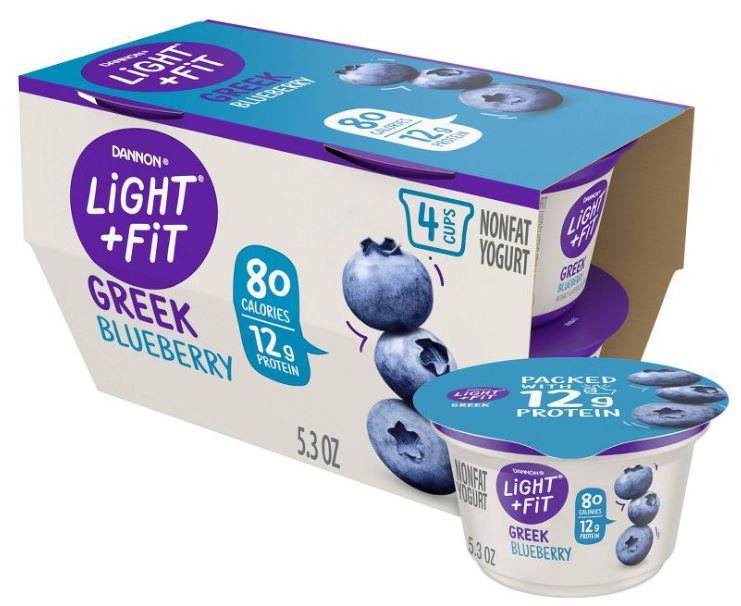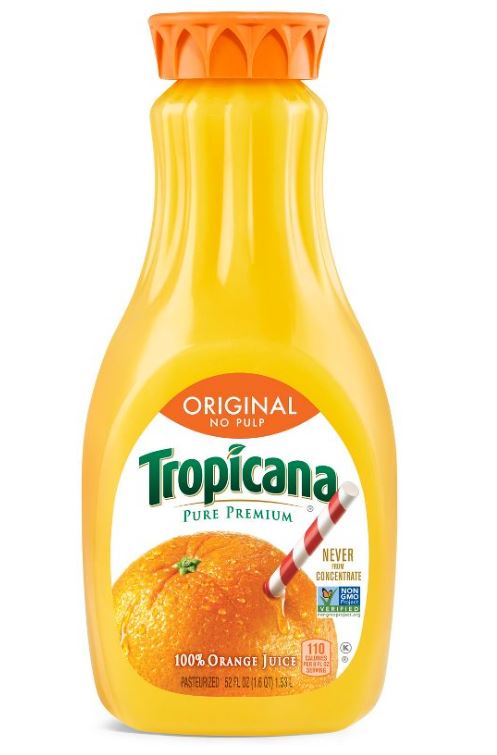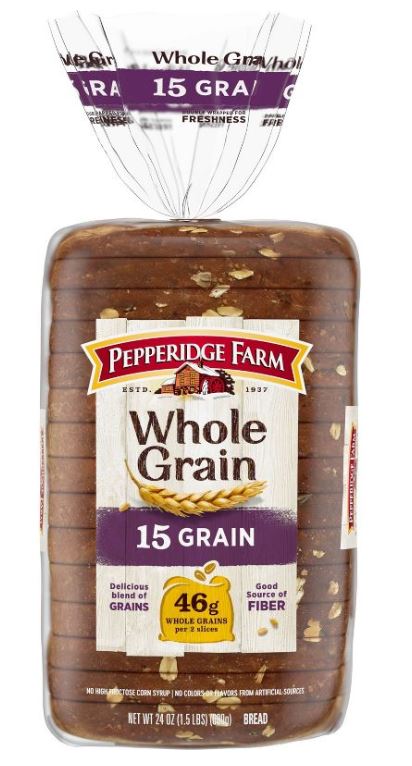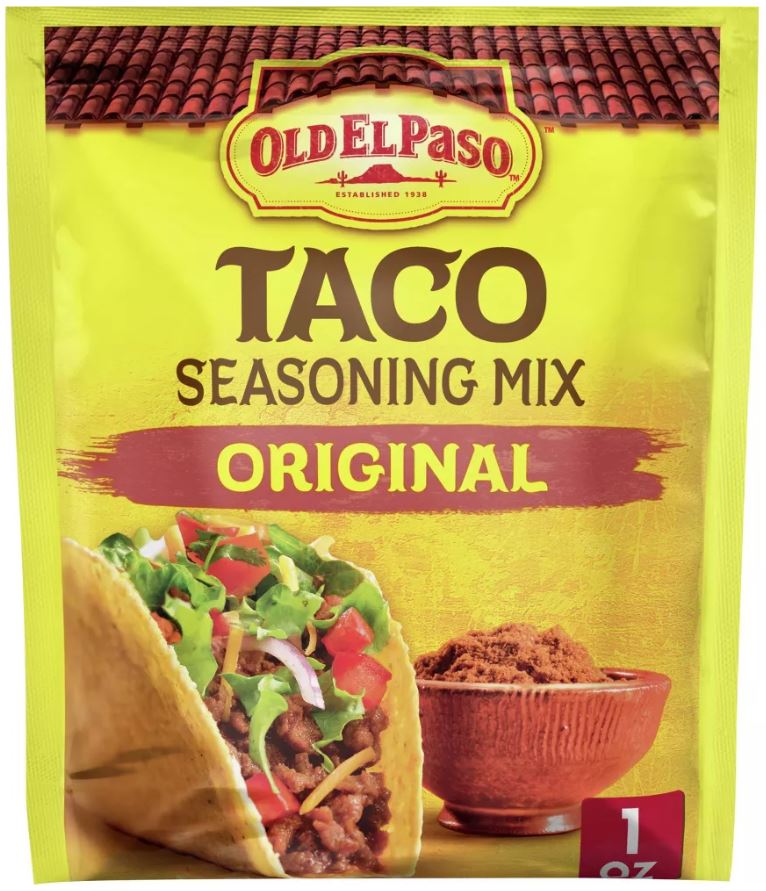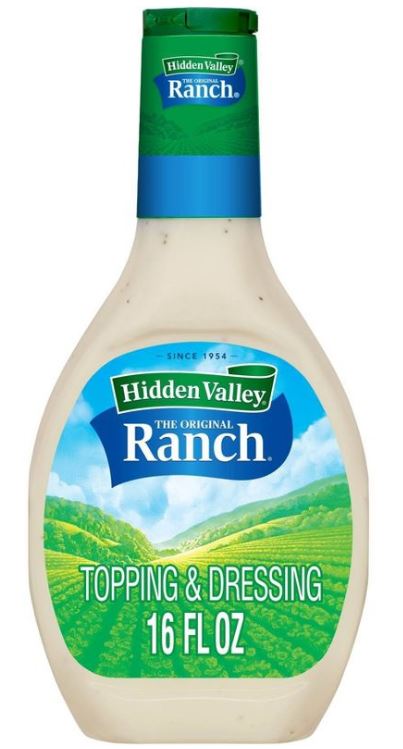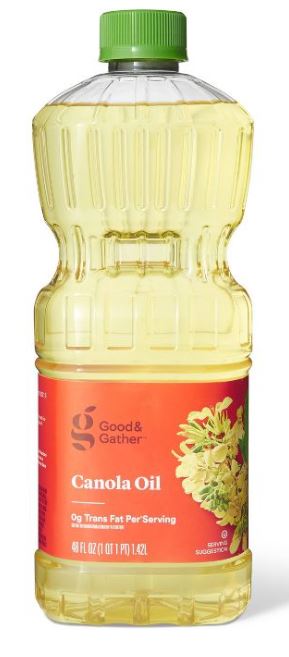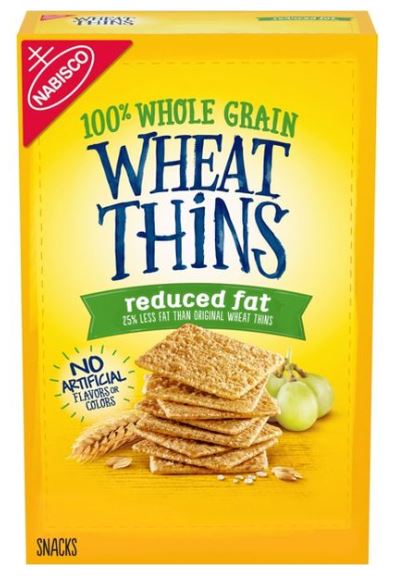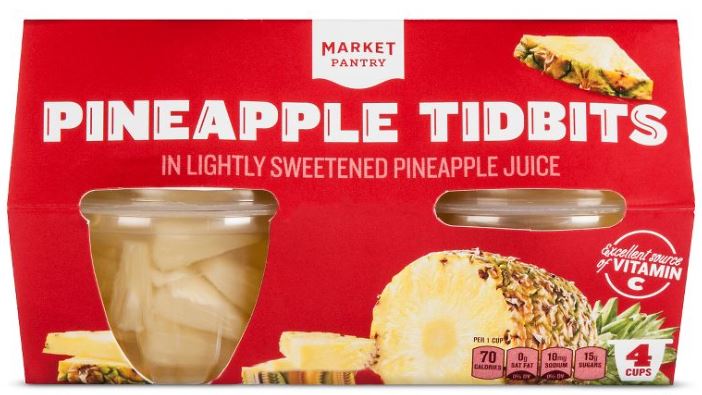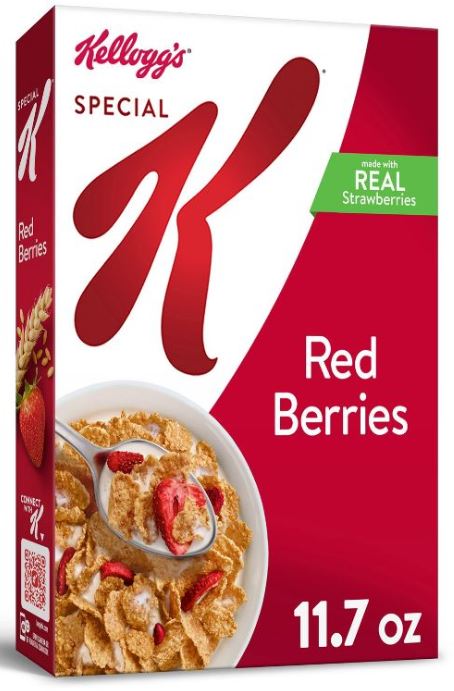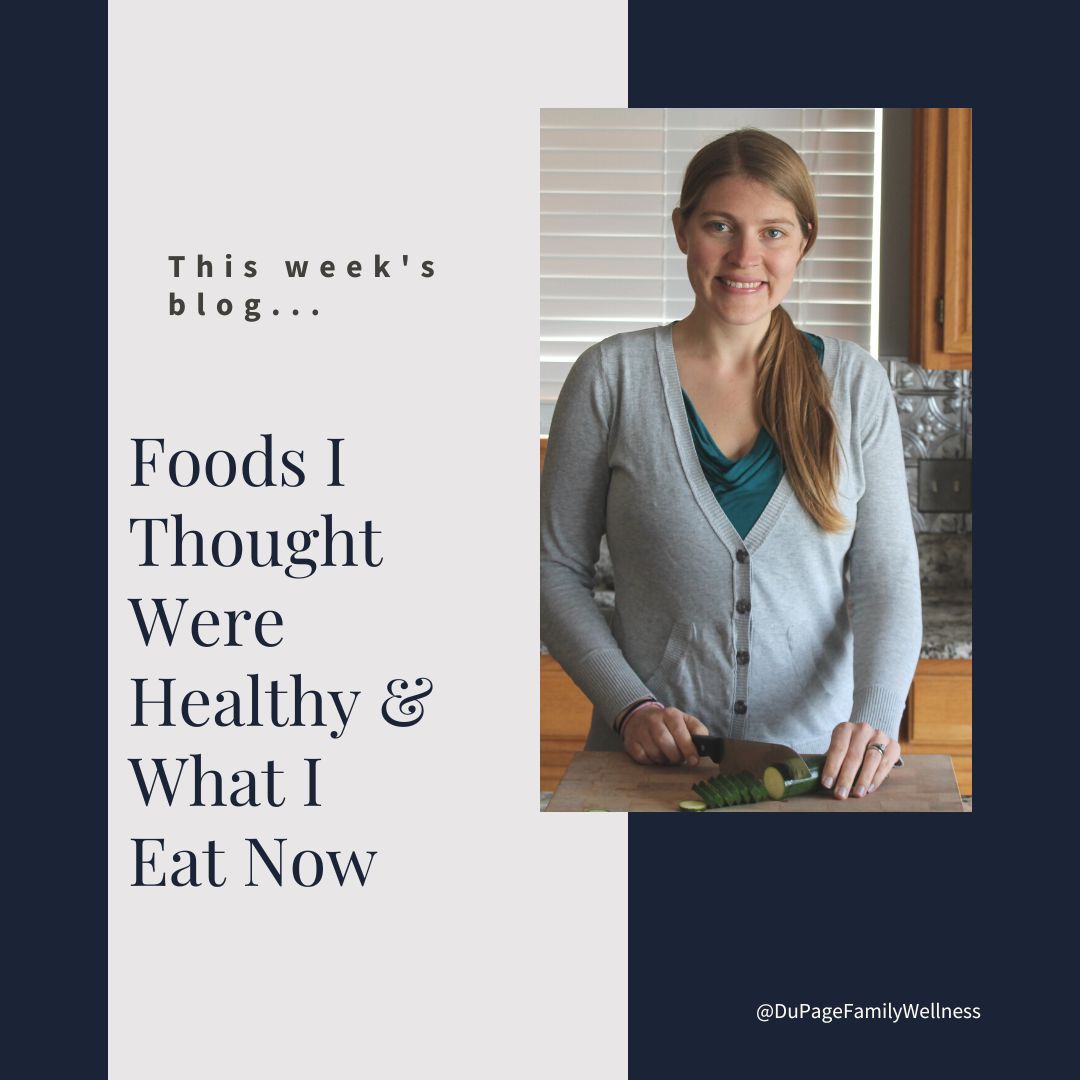 For years we have been told that losing weight was as simple as burning more calories than we ate. Under this belief, I would diligently count my calories and stay in a calorie deficit. When the scale stayed the same, I was really confused.
For years we have been told that losing weight was as simple as burning more calories than we ate. Under this belief, I would diligently count my calories and stay in a calorie deficit. When the scale stayed the same, I was really confused.
Now I understand that our food is much more than just a source of calories. Our bodies are not simple scales balancing the calories in and calories out. The source of these calories matters much more than I imagined.
Complex chemical systems break down the food we eat in different ways. Ingredients really matter. What we eat causes hormonal changes that impact whether we are in storage mode or fat-burning mode. Natural foods will be used by the body in a different way than overly processed foods. This makes a huge difference when you are trying to lose weight.
Let’s take a walk down memory lane to see the type of foods I would buy thinking they were healthy. Keep in mind that my concern is with entire categories or types of food. I am not trying to single out the particular brand mentioned.
Food Companies Interests
Food marketers are tricky. They do a fantastic job making foods look and sound healthy to the consumer. Words like gluten-free, low-fat, heart-healthy, and all-natural make us believe the food is good for us. But do these words really indicate healthy options? Not necessarily.
We must remember that the bottom line is the main concern for companies that make these products. In addition to getting us to buy their products (often through tricky marketing), they will try to keep manufacturing costs as low as possible.
Some of the ways they keep their cost low is by making the food's shelf life as long as possible. This may include ingredients like preservatives that are not in our best interest.
It is also well known that companies make their food addictive so we want to keep eating and buying it. To do this they test combinations of sugar, salt, fat, and chemicals that taste good and keep us coming back for more. These corporate motivations are NOT in our best interest!
My Interests
I don’t want the cheapest ingredients in my body. I want my food to go bad! This sounds weird, but any food that will last on a shelf forever must be full of chemicals to keep the bacteria away.
And I certainly don’t want to be addicted to my food. We know that it’s hard to eat just one chip or cookie, but don’t struggle with the same addictive behavior when it comes to broccoli or an apple!
In no particular order, let's get started with the foods I thought were healthy. (Click on the picture to read the labels. A bigger image will pop up in a new window.)
Boca Burgers & Veggie Burgers
Myth: I use to think red meat was bad for me. Since soy patties have less fat and cholesterol than beef burgers, I thought they were healthier.
Now: I am not afraid of fat. I know cholesterol in my diet does not play a strong role in determining my body’s cholesterol levels. Now I look at each ingredient. If I wouldn’t want to eat the ingredients plain, then why would I eat them all combined in a food-like product?
The fact that this ingredient list is about 32 ingredients also concerns me. A good grass-fed burger from a cow that was healthy and getting to walk around and eat its natural diet only has one ingredient. I’d choose that any day!
Fruit flavored yogurt
Myth: I used to eat this every morning since it was only 80 calories and low in fat.
Now: I question what “naturally and artificially flavored” even include. I am not afraid of fat and prefer to keep my foods the way nature intended them to be. So, I get full-fat plain yogurt. Better, yet, you can make your own yogurt with this simple recipe
Fat is actually helpful in keeping your blood sugar stable for longer periods of time without spiking. If I want a fruit flavor, I’ll add my own real berries. This allows me to control the amount of sugar and to keep it as natural as possible.
*Be sure to click on the nutrition profile (they only show the "highlights" on the main page to make it look better than it is)
Orange Juice
Myth: Orange juice was my go-to beverage growing up. I would have a large glass every morning. Why not? It was “natural” and high in vitamin C.
Now: I recognize that a large glass of juice has a good 26 grams of carbohydrates much of which is sugar and hardly any fiber. Unless you are super active, most people will gain weight and have blood sugar issues if they have over 150 grams of carbs in a day. That big glass of OJ was getting me there quickly.
With this in mind, I limit my portions to about 4 oz. and pair it with a protein. Since it takes a lot of oranges to make one glass of juice, I get a lot of nutrients without the blood sugar spike. (These statements are true for all juices.)
*Be sure to click on the nutrition facts (again they only show the "highlights" on the main page to make it look better than it is)
Whole Grain or Wheat Bread
Myth: I started to pick up on the fact that white bread might not be my best option, so I switched to wheat or whole grain. It was said to be a healthy choice.
Now: I have found out that the bread you tend to find in the store is made VERY differently from traditional methods. While grains use to be soaked and sprouted, making them easy for our bodies to digest, companies have found cheaper and quicker methods. Unfortunately, this wreaks havoc on our digestive systems and leads to inflammation!
If you look at the ingredient list you’ll see that traditional bread has flour, water, yeast, salt, and maybe a sweetener or herbs in it. The store-bought bread had a long list of ingredients, many of which break the rule of “simple things that I’d like to put into my body.”
*Be sure to click on the nutrition facts (again they only show the "highlights" on the main page to make it look better than it is)
Seasoning Packets
Myth: These convenient packages are just spices similar to a homemade mix.
Now: Many of these packets have MSG, maltodextrin, disodium isolate, and/or gluten (the word “natural flavors” often means gluten). I have learned that making your own seasoning blends is easy, cheap, and delicious without any additives.
Here is a quick recipe for a good taco/fajita seasoning blend. I make this and keep it with my other spices to use for that very purpose!
Salad Dressing
Myth: It says light, it says gluten-free, only 80 calories, so it must be good, right?
Now: In addition to the lengthy ingredient list, most dressings include oils that are not healthy. I am not afraid of fat, but this oil doesn’t contain the “good fatty acids” that we need. (Keep reading more about this in Canola Oil below.)
*It is difficult to find, but on the bottom bar as you scroll down there is a place to click on that says nutrition. When they make it that hard to find, you know it's bad.
Canola Oil, Vegetable Oil, & Margarine
Myth: I was told that these were good for you, and it says “heart healthy” right on the label. But this couldn’t be further from the truth.
Now: These highly processed oils did not exist until the early 1900s. Since then, they are found in EVERYTHING (salad dressing, bread, crackers, chips, baked goods, etc.). Companies love them because they are cheap and have a very long shelf life.
What is this doing to our bodies though!? This video explains how these oils lead to all sorts of inflammatory diseases, even heart disease, and cancer. I avoid these like the plague. I cook with coconut oil, ghee, or lard and use olive oil to make my own salad dressings.
*Click on label information under the about this item section.
Wheat Thins, Pretzels, & Crackers
Myth: I was sold by the ‘reduced fat’ and ‘whole grain’ claims.
Now: I realize that there are no nutrients found in grain (whole or otherwise) that can’t be found in vegetables. In this product, there are 22 g of carbs with little fiber! It also contains a low-quality oil discussed in the canola oil section above.
*Click on the second picture for nutritional information.
Prepackaged Fruit
Myth: I bought these sorts of packages to put in my lunches thinking it was a convenient way to get my fruit. I mean it’s fruit, so how could I go wrong?
Now: Well, yes it is fruit, but do you know many (including this one) have added sugar? Why would you add sugar to pineapple? It is already sweet.
Now, if I want pineapple in my lunch, I cut my own pineapple (or other fruit) and put it in a container. Yes, it is one extra step, but I believe it’s worth it to skip the sugar and added ingredients!
*Click on label information under the about this item section.
Cereal
Myth: This cereal is enriched with a bunch of vitamins, so it must be healthy! There was even a Special K challenge where you only eat it for a week. They said you could lose up to 6 lbs. in 14 days. What could be better than that?
Now: I've learned a lot about this one. Besides the high carbohydrates and long ingredient list, the first thing that pops out at me is the giant list of vitamins. When food is ‘fortified,’ vitamins are artificially added to it during manufacturing.
In America, it is mandated that flour be fortified with calcium, iron, B vitamins, folic acid, thiamin, niacin, and riboflavin. This makes it look like these products have a high quantity of nutrients, but the nutrients are not the way they would be found in nature.
When it comes to vitamins, your best source are those naturally found in foods in their proper ratios and with proper co-factors for ideal absorption and utilization. (This research article shows evidence that having TOO MANY vitamins from fortification or supplementation is linked to obesity and diabetes.)
*They have you go to a whole new web page to get the full nutrition information. The main page only has the highlights.
If Not These Foods, What Should You Eat?
You may be wondering what I do eat if I won’t buy any of these things. Anything that is made in nature instead of a lab; things your great-grandparents would recognize as food.
When you put good nutrient-dense REAL FOODS like fruits, vegetables, and meats into your body, you will begin to feel the difference. You will likely have more energy, acne may begin to disappear, and you may naturally move toward your ideal weight.
Check out these posts for more ideas about what to eat - quality protein, breakfast ideas, and packed lunches.
I hope you found my walk down memory lane interesting. As I look back, I am glad that I’ve learned so much since then, because I feel so much better eating real food the way nature intended. If you have questions about whether a specific food is healthy, ask on our Facebook page for some feedback.
Dr. Jamie

